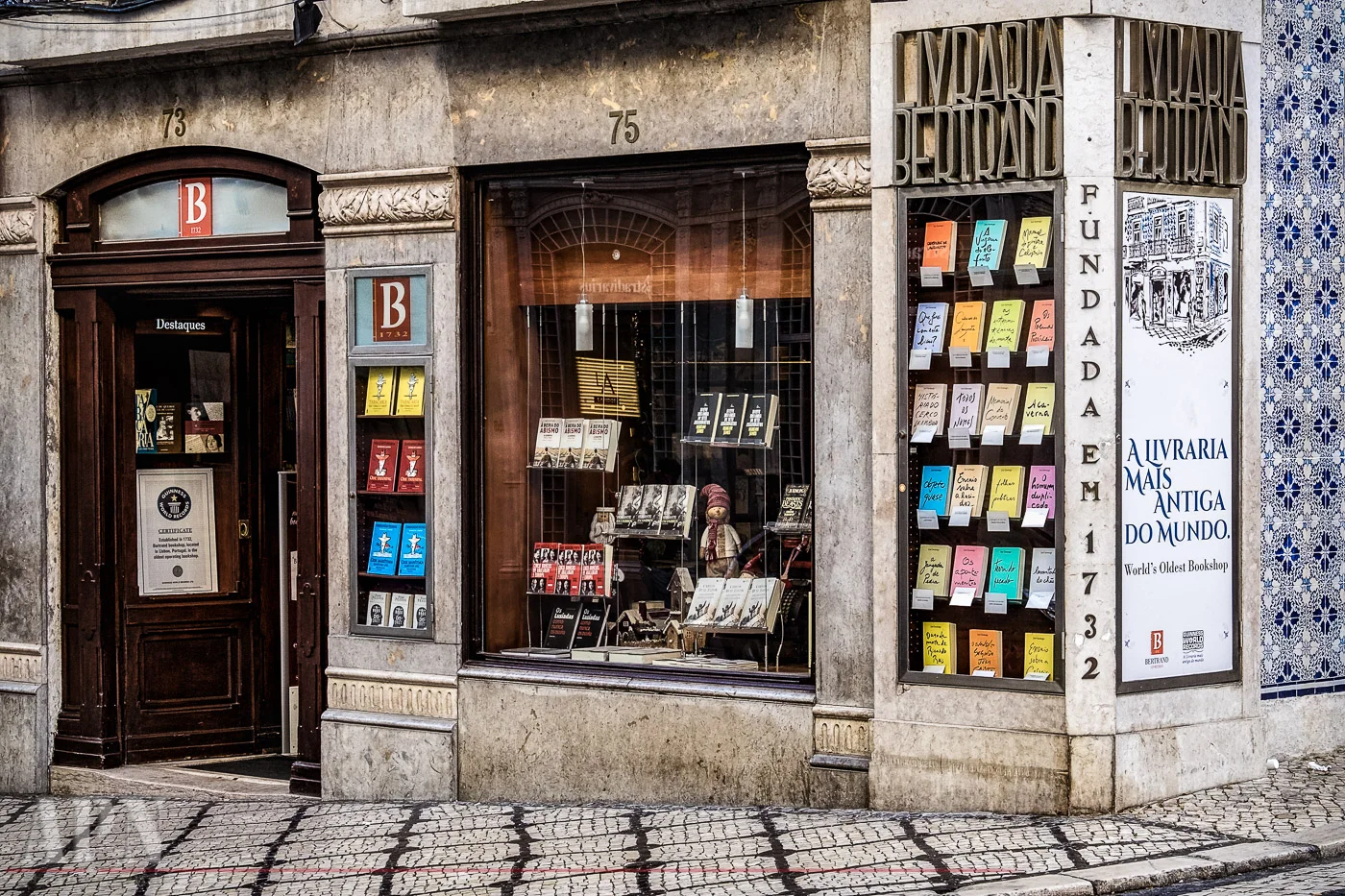Welcome to the National Railway Museum, one of the highlights of the visit to York, and some will say the main reason to come to the city. I would argue that it is a great reason to keep coming back.
Great Northern Railway no. 50 at the National Railway Museum, York, England, UK
The National Railway Museum (NRM) is a museum in York forming part of the British Science Museum Group of National Museums and telling the story of rail transport in Britain and its impact on society. It has won many awards, including the European Museum of the Year Award in 2001. It is the home of the national collection of historically significant railway vehicles, as well as a collection of other artefacts and both written and pictorial records.
The NRM displays a collection of over 100 locomotives and nearly 300 other items of rolling stock, virtually all of which either ran on the railways of Great Britain or were built there. Also on the 20 acres site are many hundreds of thousands of other items and records of social, technical, artistic and historical interest, exhibited mostly in three large halls of a former motive power depot next to the East Coast Main Line, near York railway station. It is the largest museum of its type in Britain, attracting 727,000 visitors during the 2014/15 financial year.
LMS Princess Coronation Class 6229 Duchess of Hamilton, National Railway Museum, York, England, UK
The NRM was established on its present site, the former York North locomotive depot, in 1975, when it took over the former British Railways collection located in Clapham and the York Railway Museum located off Queen Street, immediately to the south east of the railway station since then, the collection has continued to grow.
The museum is a short walk from the railway station in York, either on the road or via a staircase from the rear of the platforms. A "roadtrain" runs from the city centre (near York Minster) to the museum on Leeman Road during half term, holidays and summer. York Park and Ride also serve the museum from the car park entrance, on Line 2 (Rawcliffe Bar-York). Admission to the museum has been free since 2001.
Gladstone decorated for Diamond Jubilee of Queen Victoria at the National Railway Museum, York, England, UK
Copper, Steel & Iron at the Railway Museum, York, England, UK
There are approximately 280 rail vehicles in the National Collection, with around 100 being at York at any one time and the remainder divided between Locomotion at Shildon and other museums and heritage railways. The earliest are wagonway vehicles of about 1815. The permanent display includes "Palaces on Wheels", a collection of Royal Train saloons from Queen Victoria's early trains through to those used by Queen Elizabeth II up to the 1970s, among them some of the first rail vehicles to be set aside for preservation.
Other key exhibits normally to be seen at York include the 1846 Furness Railway No. 3 "Coppernob" locomotive, and the more modern express passenger steam locomotives London and North Eastern Railway Class A3 No. 4472 Flying Scotsman, its streamlined sister Class A4 No. 4468 Mallard and London, Midland and Scottish Railway Princess Coronation Class No. 6229 Duchess of Hamilton.
The museum has imported several major vehicles for display: the Chinese Class KF7 4–8–4 locomotive donated in 1981 was built in Britain and the Wagons-Lits sleeping car donated in 1980 had been used on the Paris-London Night Ferry service. Rail vehicles on display are exchanged from time to time with other organisations, and examples of new-build stock from the current industry sometimes visit the museum for short periods.
Golden hours at the Yorkshire Herald bars and restaurants, York, England, UK
After spending the whole morning at the NRM, we head back to town and stroll around looking for lunch and do a bit of shopping before catching the train back home.
Street lamps on Marygate, York, England, UK
There are still lots of buildings standing that attest to the heritage of the city, keep looking up when walking around and you are bound to find many interesting details like the wooden carvings
On Marygate, the street that runs on one of the sides of the Museum Gardens, the street lamps catch my eye. Rising from the rusted iron railing, the elegant curved shape and rusty color make a great contrast against the green foliage of the trees of the garden. Aligning two, that are closer together also help make a stronger image that helps tell the story of our walks over the long weekend on such an historic city.
Detail of medieval building ornaments 2, York, England, UK
Since I couldn't make up my mind as to which photo to use to end this post, I'm leaving you with two. On the left I have two swans that were swimming along the river while the sun was setting. On the right is a long exposure typical of urban environments with light-trails from the bus that crossed the Lendal bridge, and the water reflections on the river.
Pick you favourite and let me know?
I'll be in Iceland when this gets posted, hopefully I will share some daillies from the trip while I'm there. But next week we start focusing on Copenhagen, Denmark, which at this time is my second favorite city in the world.
Until next week,
Keep wandering this rock of ours.
White Swans under The Yorkshire Herald, York, England, UK
Lightails on Lendal Bridge, York, England, UK






















